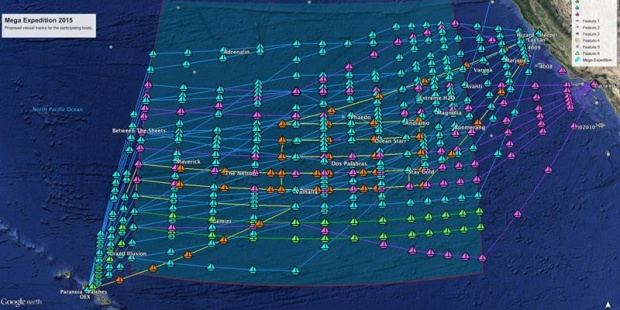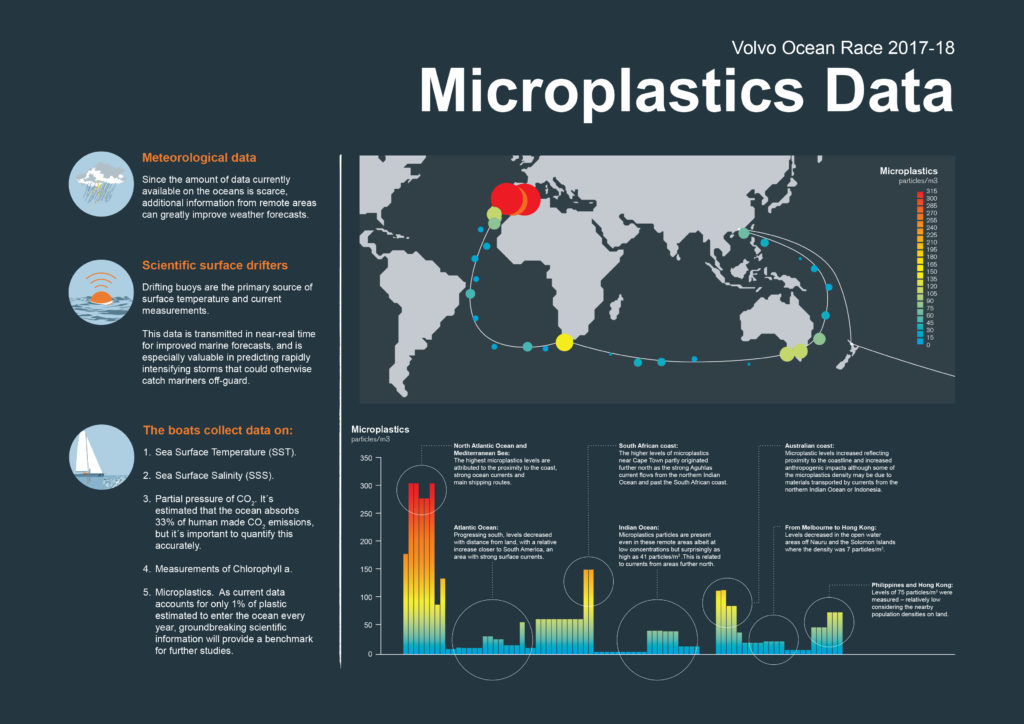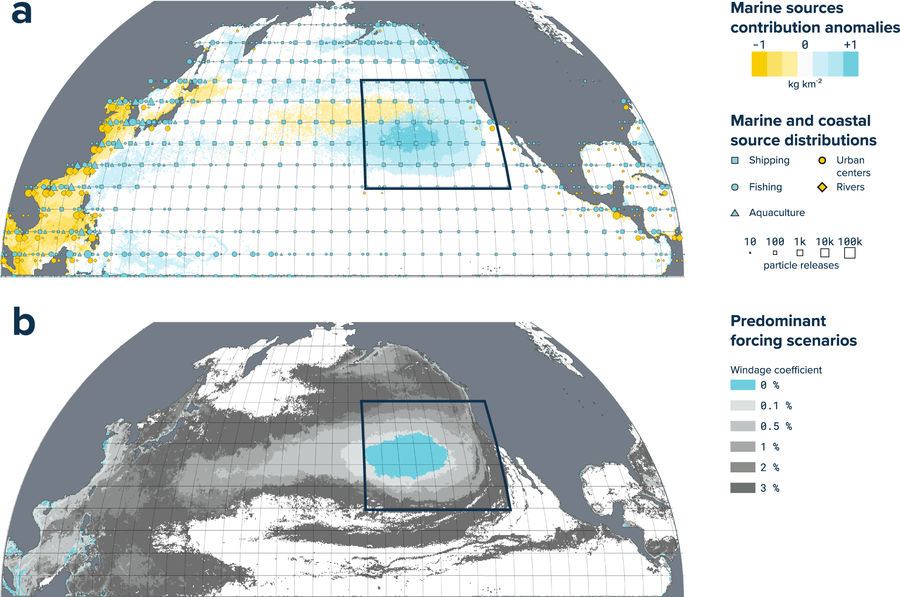CEFAS: 25 years of research reveals changing distribution of marine litter
05 April 2018 25 years of research from the Centre for Environment, Fisheries and Aquaculture Science (Cefas) has revealed changes in the composition of marine plastic litter, finding a decrease in the amount of plastic bags found on the UK’s seabed and suggesting that efforts may be able to tackle the marine litter challenge. Despite the…
Read more


 PT
PT ES
ES FR
FR




